We recently had a visit from our friend Malenthe from the The Netherlands. She is a marine biologist who works for BESE Products.
These guys make biodegradable ecosystem restoration products, and here is a nice video that details what they do:
A Wee Gift
Malenthe was kind enough to bring us a #tinyreef, which is a mini reef building kit designed for children. As you can see in the picture our children had a great fun making it!

We plan to let the children choose a place to put it in the sea close to the farm.
The Conundrum
From an oyster point of view, the BESE products are of great interest to us in our restoration efforts because trying to restore oysters is not as simple as it sounds.
It would be great if a site could be identified and then simply filled with baby oysters and that would be job done. Unfortunately, as it most things in life, it is not that easy.
All restoration projects over the world have been wrestling with the challenge of how to restart a bed or reef.
There are two key issues:
- Where oysters have been removed from the ecosystem it is often the case that the substrate becomes unsuitable. That is, an environment rich in shell material which is crucial to settlement, is degraded or destroyed when the oysters are removed.
- If the oyster population has been removed, or reduced to a very low level, there shall not be enough biomass to permit recruitment, and thus no recovery can occur.
The General Approach
A general approach to dealing with these issues are to introduce shell material and juvenile animals onto any target restoration site.
However, when oysters settle in the wild they cement themselves to a suitable substrate and remain fixed in position for their entire lifecycle. Any introduced animals shall be farmed animals and these animals lack any attachment, the attachment is a one time event that only happens when settlement occurs. As a result, they along with any introduced shell material are at high risk of simply being washed away or smothered.
The potential result is that any restoration effort is wasted.
Building a Foundation
This is where the BESE biodegradable reef building elements may have a crucial role. There is a real potential that these items can be used to kick start the construction of a bed, with Native oysters being attached to these elements at deployment. By using a matrix of the building blocks the foundations of the reef can potentially be put in place.
We are about to start a mini project using these items so that we can experiment with different configurations, to try an identify the most efficient way to use them.
Sign up to our newsletter to keep up to date with further developments.
